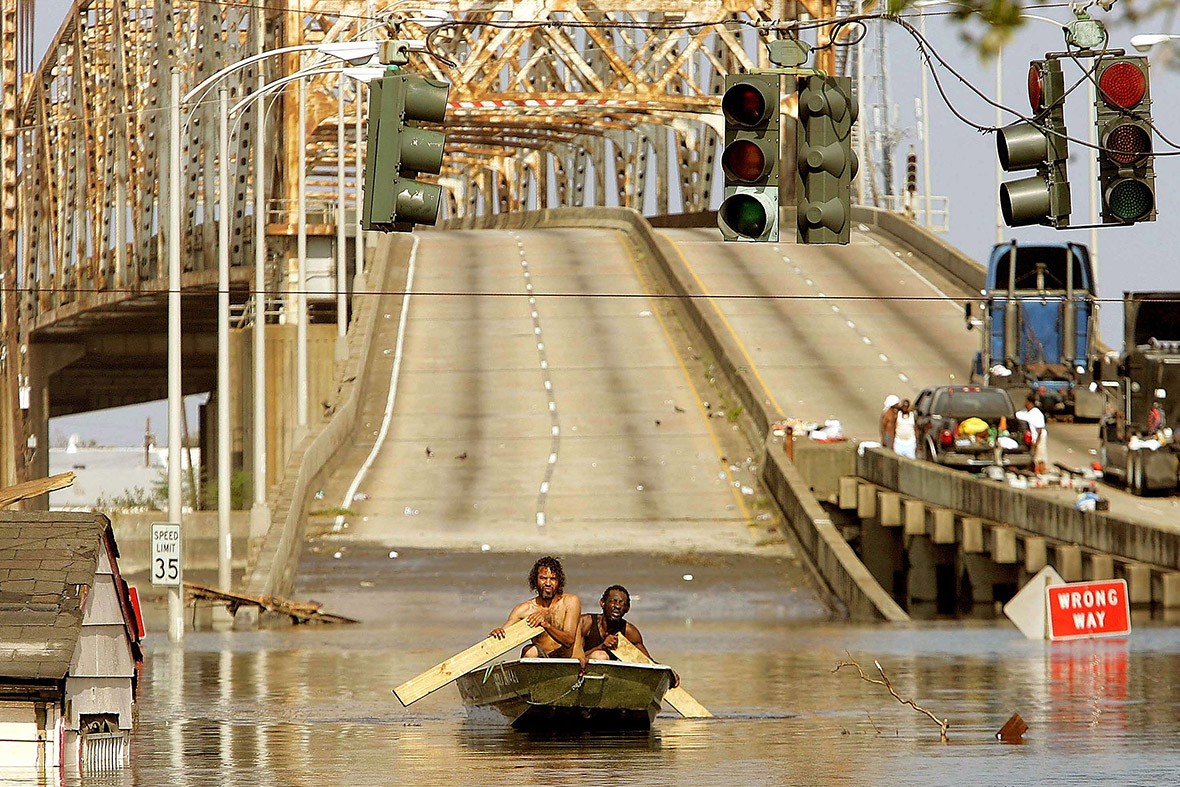
Because of this disruption to basic services and infrastructure, thousands of Americans died over the next few months. In the immediate aftermath of the storm, it was impossible for many residents of rural areas to get to the remaining open medical facilities because of damage to mountain roads. The blackout would be the longest in U.S history, with the last remaining households reconnected to the power grid in mid-August 2018. In Puerto Rico the storm damage to the power grid was so pervasive that almost the entire island was left in the dark. Virgin Islands, and uniquely, restoring electrical service in Puerto Rico. Army Corps of Engineers (USACE) responded to the disasters of 2017-removing debris and restoring navigable waterways in Texas, repairing critical infrastructure and providing temporary roofing in Florida and the U.S. In its role as “FEMA’s Engineer,” the U.S. By the end of 2017, the Federal Emergency Management Agency (FEMA) had registered more than 4.7 million survivors for individual assistance-more registrations than for Hurricanes Rita, Wilma, Katrina, and Sandy combined. Overall, 2017 was the costliest year of weather-related disasters on record, with a total of $306.2 billion in damages, almost $100 billion greater than the damages wrought during 2005-the year of Hurricanes Katrina and Rita and previously the most destructive.


Two weeks later, Hurricane Maria, the second Category 5 hurricane and the deadliest storm of the 2017 Atlantic hurricane season, crossed over Puerto Rico. Virgin Islands only twelve days after Harvey had made landfall. A month prior, in August 2017, Hurricane Harvey’s record-shattering rainfall had flooded the coast of southeast Texas. On September 20, 2017, Hurricane Maria tore across Puerto Rico, causing catastrophic wind damage, widespread flooding from torrential rainfall, lasting power outages, and a humanitarian disaster on the island.


 0 kommentar(er)
0 kommentar(er)
